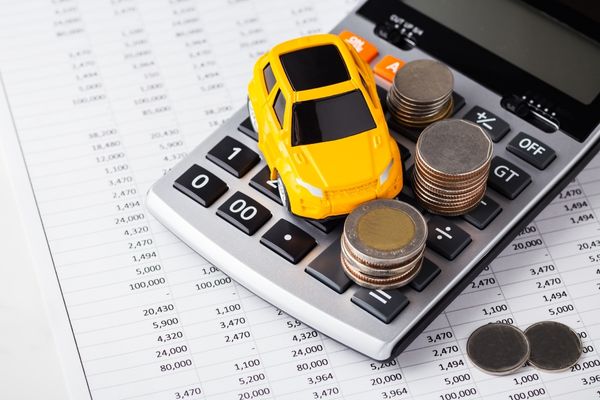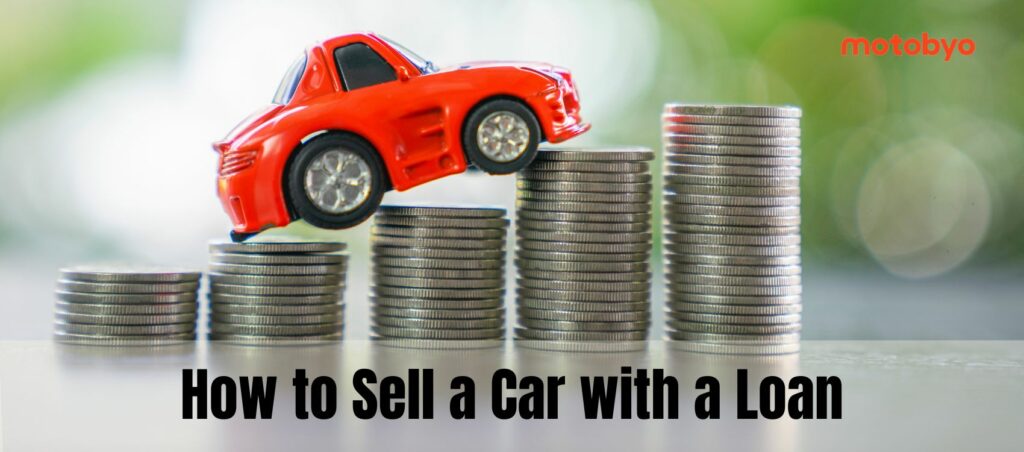Selling a car when you have an active loan may seem challenging, but it’s actually not as complicated as you would think.
The main difference between selling a car you’re still making payments on versus one you own completely is getting the lender to release the title so the buyer can take ownership. This essentially means getting the current loan paid off — and you technically don’t have to be the one who pays it off.
If you’re wondering how to sell your car that you’re still making payments on, consider this your quick and simple guide.
Selling a Car with a Loan: 101
The first thing you need to understand when it comes to selling a car with a loan is that you are not the sole owner of the vehicle. As long as you’re still making payments and your bank has a lien on it, the lender in question is basically considered a part owner.
In fact, the lender’s (company) name will even be listed on your car’s title. In most states, the lender may also be the one physically holding the title until the car loan is paid off completely.

Lenders do this as a form of collateral, which ensures that they receive the payments per the terms of the loan.
This means you cannot sell the vehicle or transfer its title to a new owner without the lender getting all of its money to satisfy the loan first.
So then, how do you sell a car with a loan? Here’s how it’s done:
Figure Out the Balance of the Loan

When you want to sell your car with a loan, the first thing you need to do is find out exactly what the payoff amount is and how the transaction should be handled with your bank. To find out this information, all you have to do is get in touch with your lender — and make sure the terms and conditions are clear.
Your loan will have to be paid off in full in order for the lender to release ownership and sign off on the title, so you’ll want to gather the information you’ll need in order to pay off the loan and get the title paperwork as quickly as possible.
Make sure to ask your bank for the payoff instructions, including: an overnight address for the payoff, wire transfer or ACH instructions, if possible, and a list of other documents that your bank may need to process the transaction.
Determine Your Car's Current Value
Next, you’ll need to figure out what your car is worth. You can start by checking current market values on Motobyo. You’ll also want to find out the current cash value and the private party value of your vehicle.
Having an accurate picture of your vehicle’s value will help make a decision whether you accept a cash offer and sell it now or you list it online and find a private party buyer to pay you a fair value.
Do the Math
Now you’ll want to subtract the loan balance from your vehicle’s current value. This lets you know whether you have positive or negative equity in your car.
Put simply, if you come up with a positive result it means you have equity in your vehicle. If the result is negative, it means you’re “upside down” on the car loan and will need to pay the difference to sell your vehicle.

The next step is understanding your equity and how it applies to selling privately or accepting a cash offer.
Selling with Positive Equity

When you have positive equity in your car, the car’s resale or cash value is more than what you still owe on your loan. Therefore, you could end up making money off your car once the transaction is complete.
When it comes to private sales, the buyer is expected to pay the loan balance to the lender if you don’t have the cash on hand to pay off the loan.
From there the lender will give you the difference and transfer the title to the buyer. The buyer may also pay the loan balance and then pay you the difference directly.
Either way, let’s say your car is worth $15,000 and you still owe $5,000 on your loan. This means you’ll end up making $10,000 off the sale due to your positive equity.
Selling with Negative Equity
If you’re upside down on your loan, it means that you owe more than your car is worth. Therefore, you’ll need to pay the lender the difference between the sale price and what you owe.
In this instance, the buyer will pay the sale amount directly to the lender and you will pay the difference. So, if you still owe $10,000 and the buyer pays you $8,000 for your vehicle, you would have to pay the lender the $2,000 difference.

Whether you have positive or negative equity in your car, you may also want to think about taking out a personal unsecured loan to pay off your current lender. This will guarantee your ownership of the vehicle, taking the lender’s name off the title — and a private sale with a title in hand can be less complicated to navigate.
However, you’ll need to be wary of interest rates and prepayment penalties so you don’t end up owing even more after the transaction is over.
Trading in a Car with a Loan

If you decide to trade in a car that you still owe money on, the dealer typically handles all of the loan payoff paperwork. If you have positive equity, the dealer may give you a credit for the difference to use toward the purchase of your next car.
If you have negative equity, the dealer will most likely want to add that negative equity amount to the future loan you’ll have on your next car or ask you for a larger down payment.
In either case, the amount that you finance may affect your interest rate and end up costing you more over time.
Other Options for Selling a Car with a Loan
If you’re in the market to sell a used vehicle make sure to check in with Motobyo. In less than thirty seconds you can get an instant appraisal for your vehicle that includes a real cash offer and the current private party market value.
The cash offer can be redeemed immediately at any of our area Buying Centers or you can choose to list your vehicle on our private party marketplace and find a private buyer to pay you more. Either way, you can consider your vehicle sold if you price it with Motobyo.




